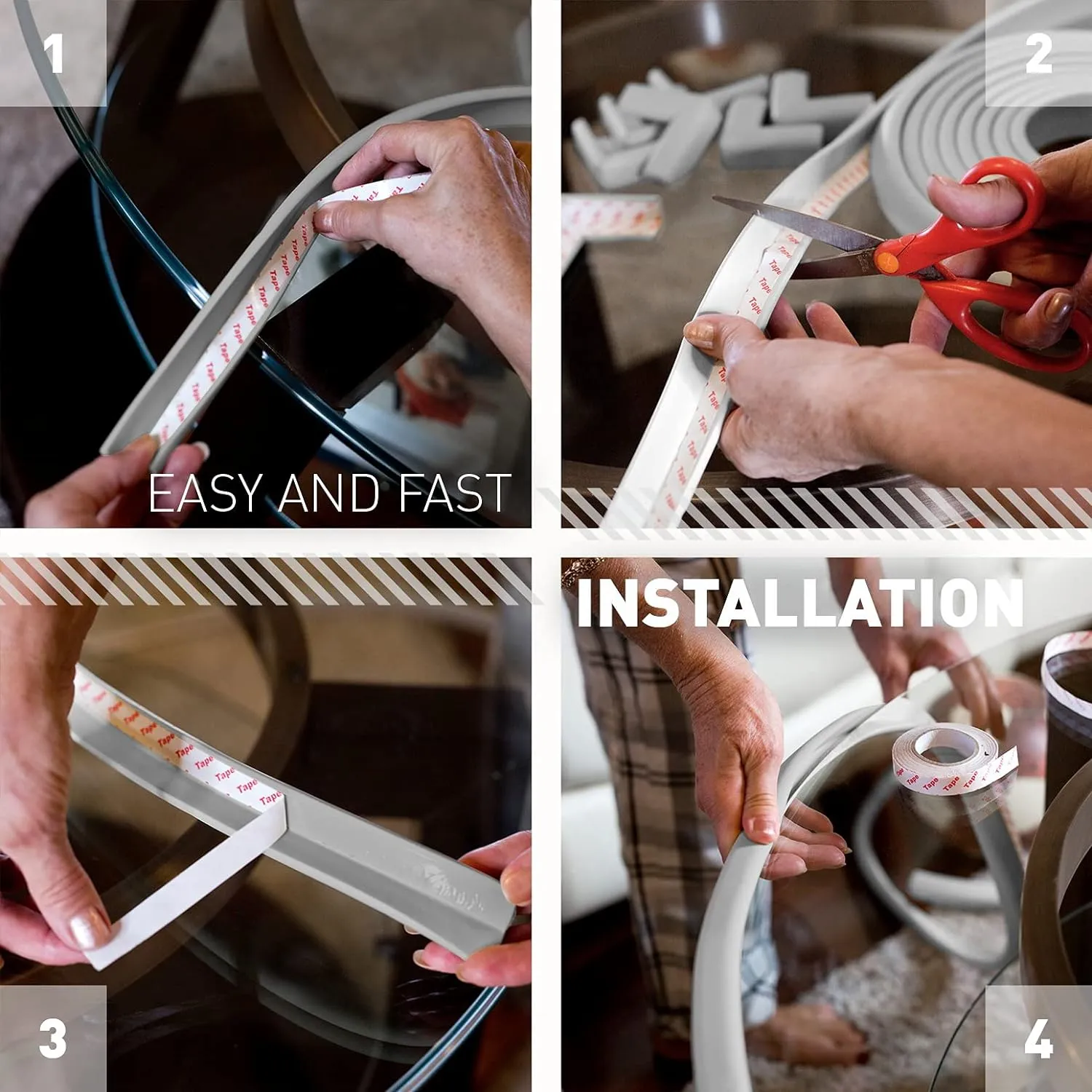Best Practices for Installing Garage Door Bottom Weather Seals for Energy Efficiency
Understanding Garage Door Bottom Weather Seals Importance and Tips for Maintenance
A garage door is an essential feature in many homes, providing security, convenience, and protection against the elements. However, the effectiveness of a garage door can be dramatically influenced by its weather sealing. Among various components, the bottom weather seal plays a crucial role in keeping your garage space insulated, secure, and dry. In this article, we will explore the importance of garage door bottom weather seals, how to choose the right one, and tips for maintenance to ensure longevity and functionality.
What is a Garage Door Bottom Weather Seal?
A garage door bottom weather seal is a strip of flexible material that is installed at the bottom of the garage door. Its primary function is to create a barrier between the garage door and the floor, preventing drafts, water, dust, and pests from entering the garage. These seals are typically made from materials like rubber, vinyl, or a combination of both, offering different levels of durability and insulation.
Importance of Garage Door Bottom Weather Seals
1. Energy Efficiency One of the main reasons to install a bottom weather seal is to enhance the energy efficiency of your garage. A well-sealed door minimizes the exchange of air with the outside, helping to maintain a stable temperature within the garage. This is especially important during extreme weather conditions, reducing the workload on heating and cooling systems and ultimately resulting in lowered energy bills.
2. Protection from the Elements A garage door bottom weather seal is your first line of defense against rain, snow, and other weather conditions. Without an effective seal, water can seep into your garage, leading to potential damage to stored items, the garage floor, and even the structure itself. The seal also helps to prevent debris and leaves from accumulating under the door, which can be a nuisance to clean.
3. Pest Control An unsealed garage door can serve as an entry point for various pests, including rodents and insects. The bottom weather seal acts as a barrier, protecting your garage from unwanted critters, which can cause damage or transmit diseases.
4. Noise Reduction For those living in busy neighborhoods or near highways, a bottom weather seal can significantly reduce noise entering the garage. This creates a more peaceful environment for any activities stored or conducted in the garage.
Choosing the Right Weather Seal
When it comes to selecting a garage door bottom weather seal, consider the following factors
garage door bottom weather seal

- Material Rubber and vinyl are the two most common materials used for weather seals. Rubber tends to be more durable and weather-resistant, while vinyl can be more affordable and easier to install but may not last as long.
- Compatibility Ensure that the weather seal you choose is compatible with your garage door type and design. Weather seals come in various sizes and shapes, such as T-shaped or L-shaped, to fit different door configurations.
- Climate Considerations In areas with extreme weather, investing in a higher-quality seal can pay off in the long run. Look for seals that have been tested for durability against temperature changes and moisture.
Maintenance Tips for Weather Seals
To keep your garage door bottom weather seal functioning effectively, regular maintenance is essential
1. Regular Inspections Perform periodic checks of your weather seal for signs of wear, such as cracking, tearing, or dislodging. Identify any areas that may need replacement to prevent further issues.
2. Cleaning Keep the area around the seal clean and free from debris. Use a damp cloth to wipe down the seal and the floor beneath to ensure a tight fit and prevent dirt buildup that could compromise the seal’s integrity.
3. Lubrication Applying a silicone-based lubricant periodically can help keep the seal flexible and enhance its longevity. Avoid using petroleum-based lubricants as they can cause the seal to deteriorate.
4. Replacement If you notice significant wear or damage, replacing the weather seal is crucial for maintaining a well-insulated and protected garage space. Many stores offer kits for easy DIY replacement.
Conclusion
Investing in a quality garage door bottom weather seal can significantly improve your garage's energy efficiency, protect against the elements, deter pests, and reduce noise. With proper maintenance and timely inspections, you can ensure that your weather seal functions optimally for years to come, safeguarding your garage and the valuables it houses. Whether you’re upgrading an existing seal or installing a new one, understanding the importance and features of these seals is vital for every homeowner.
-
Under Door Draught Stopper: Essential ProtectionNewsJul.31,2025
-
Garage Door Seal and Weatherstrips for ProtectionNewsJul.31,2025
-
Edge Banding Tape for Perfect EdgesNewsJul.31,2025
-
Table Corner Guards and Wall Corner ProtectorsNewsJul.31,2025
-
Stair Nose Edging Trim and Tile Stair SolutionsNewsJul.31,2025
-
Truck Bed Rubber Mats for Pickup BedsNewsJul.31,2025
-
Window Weather Stripping for Noise ReductionNewsJul.29,2025